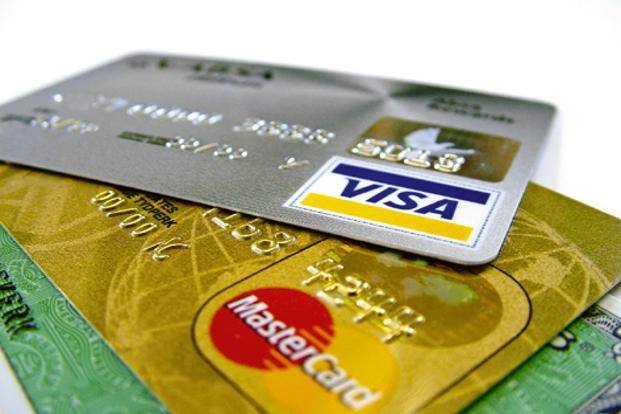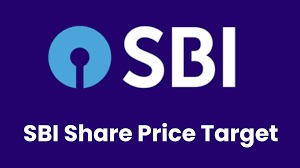Understanding the Rationale Behind Banks’ 1% Fee on Credit Card Utility Payments

Understanding the Rationale Behind Banks' 1% Fee on Credit Card Utility Payments
The recent decision by Yes Bank and IDFC First Bank to impose an additional 1 percent fee on utility payments made using their credit cards has sparked questions among consumers. This move represents a departure from previous practices, where such payments often earned customers reward points without incurring extra charges.
The rationale behind these changes lies in several key factors:
1. Low Margin in Utility Category: Utility payments traditionally yield lower margins for banks compared to other spending categories. Interchange fees, which banks earn from transactions, are relatively lower for utility payments. Additionally, payment gateway providers may offer discounts on Merchant Discount Rates (MDR) for categories like education, grocery, and utilities, further reducing banks’ earnings from such transactions.
2. Personal Expenses Using Official Credit Cards: Many individuals, including business owners, use personal credit cards to pay their business-related utility bills. While personal utility bills typically fall within a certain range, business utility bills can amount to significantly higher sums. However, banks often offer more rewards on personal credit cards than on business credit cards, creating challenges in providing high rewards for business-related transactions.
3. Incorrect MCC Tagging: Some payment service providers, such as BharatNXT, facilitate business payments using credit cards, despite it being against the terms of personal credit cards. These transactions are often tagged under the utility category MCC (Merchant Category Code), even though they are business-related. This misclassification complicates reward structures and fee assessments for banks.
The response to these changes has been mixed, with some consumers expressing concern over the impact on their rewards and expenses. However, banks have attempted to mitigate these concerns by offering free usage limits to customers, exempting transactions below a certain threshold from additional fees. For example, Yes Bank provides a free usage limit of Rs 15,000, ensuring that smaller utility payments remain fee-free for customers.
While these adjustments may inconvenience certain segments of consumers, particularly business owners, there are alternatives available, such as applying for business credit cards that offer more tailored rewards and benefits. As banks adapt their policies in response to market dynamics and consumer feedback, it remains to be seen how the landscape of credit card rewards and fees will evolve in the future.









